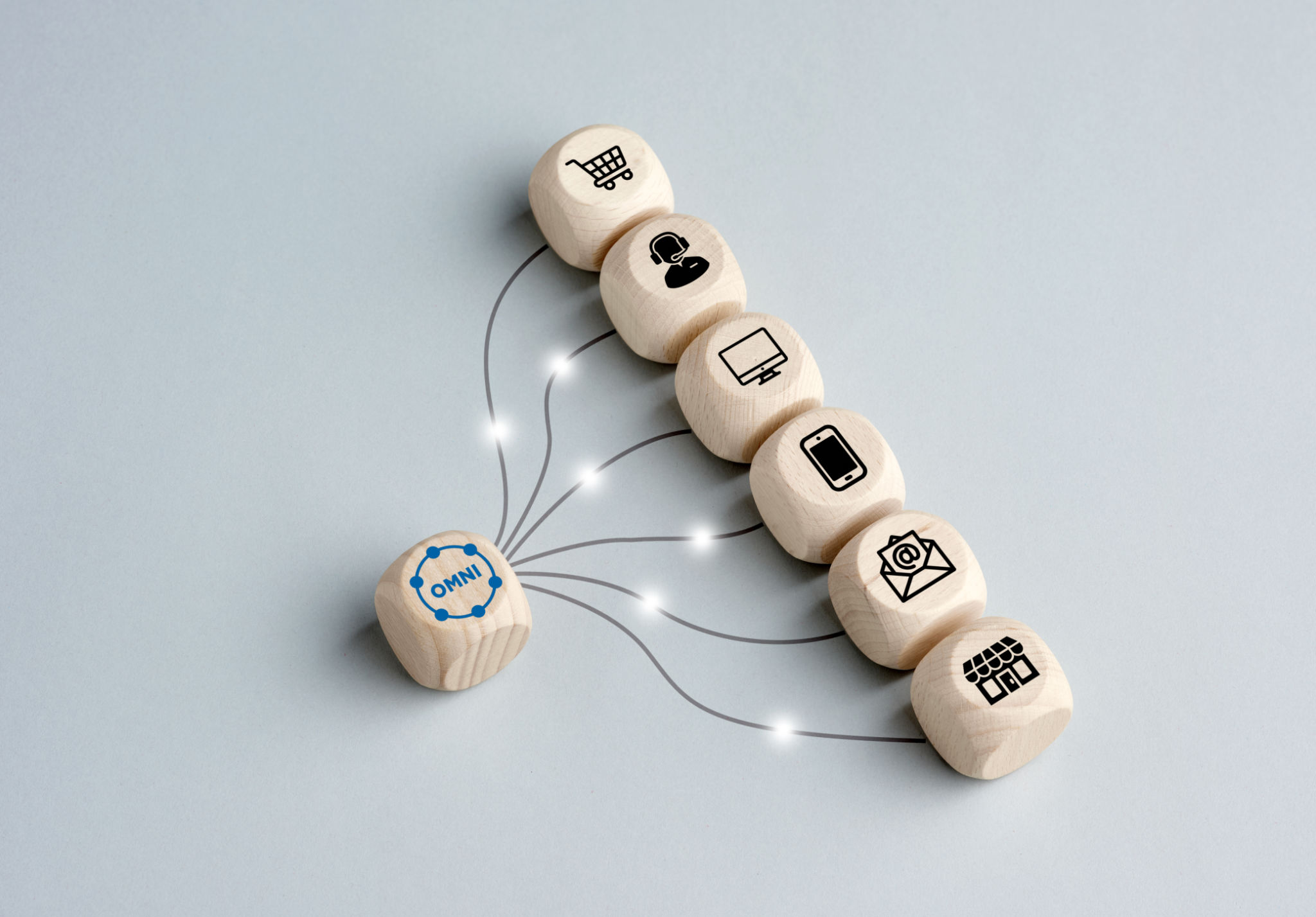The Future of Customer Service Automation: Trends and Innovations
Understanding the Evolution of Customer Service Automation
Customer service automation has made significant strides over the past few years, driven by advancements in technology and changing consumer expectations. As businesses prioritize efficiency and customer satisfaction, automated solutions have become indispensable. Today, we see a shift towards more sophisticated, AI-driven tools that not only streamline operations but also provide a personalized customer experience.

The Role of Artificial Intelligence in Automation
Artificial Intelligence (AI) is at the heart of the latest innovations in customer service automation. AI-powered chatbots and virtual assistants are now capable of understanding and responding to complex queries, thanks to advancements in natural language processing (NLP). These tools not only handle routine inquiries but also adapt to customer behavior, learning from interactions to deliver increasingly accurate assistance.
Moreover, AI can analyze and interpret vast amounts of data to provide insights into customer needs and preferences. This enables businesses to offer tailored solutions and anticipate potential issues before they escalate, thereby enhancing the overall customer experience.
Omnichannel Support: A Unified Customer Experience
As consumers engage with brands across multiple platforms, omnichannel support has become a crucial component of customer service automation. Integrating various communication channels—such as social media, email, and live chat—ensures a seamless experience for customers. This unified approach allows businesses to maintain consistent interaction quality and ensures that no customer query goes unanswered.

Personalization Through Automation
Personalization is no longer a luxury but a necessity in customer service. Automated solutions are increasingly leveraging customer data to personalize interactions. For example, AI can recommend products based on previous purchases or tailor responses based on a customer's history with the company. This level of personalization fosters loyalty and increases customer satisfaction.
Additionally, personalization can be achieved through predictive analytics, which anticipates customer needs and enables proactive service delivery. By automating these processes, businesses can offer a more engaging and meaningful experience that resonates with their audience.
Emerging Technologies Shaping the Future
The future of customer service automation is set to be influenced by several emerging technologies. Voice recognition technology is improving rapidly, allowing for more intuitive voice-activated interactions. Similarly, advancements in augmented reality (AR) and virtual reality (VR) are opening new avenues for immersive customer support experiences.

The Importance of Human-AI Collaboration
While automation offers numerous benefits, the human element remains vital in customer service. The future will likely see a hybrid approach where AI handles routine tasks while human agents focus on complex and emotionally charged interactions. This collaboration ensures that customers receive the empathy and understanding they require alongside efficient service.
Training staff to work alongside AI tools will be crucial, as it empowers employees to leverage technology effectively while maintaining a personal touch. This synergy between humans and machines can enhance both productivity and customer satisfaction.
Challenges and Considerations
Despite its advantages, implementing customer service automation poses challenges. Businesses must address concerns such as data security and privacy, ensuring that customer information is protected while leveraging automation tools. Additionally, there is the challenge of maintaining a seamless integration across various platforms to ensure consistent service delivery.
As technology evolves, companies must stay informed about the latest trends and continuously adapt their strategies to meet customer expectations. By doing so, they can harness the full potential of automation to drive growth and improve customer relationships.